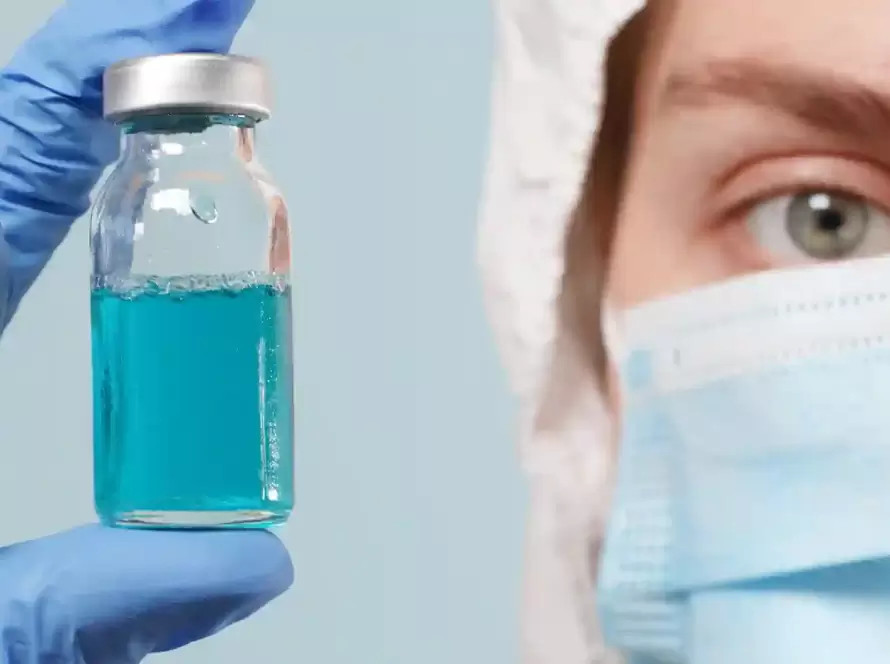A global initiative called the International Council for Harmonization of Technical Requirements for Pharmaceuticals for Human Use (ICH) brings together powerful regulatory agencies from Europe, Japan, USA, and pharmaceutical companies to create guidelines and discuss the scientific and technical facets of developing pharmaceutical products and registering them. The goal of the ICH is to advance public health by fostering better harmonization through the creation of technical guidelines and specifications for the registration of pharmaceutical products. The four main areas of ICH themes are Quality, Safety, Efficacy, and Multidisciplinary Guidelines, denoted by the letters Q, S, E, and M, respectively. The list of various quality guidelines are listed below. It is expected that the applicant shall use these guidelines in conjunction with the national regulations of the country the applicant is operating from.
Q1- Stability Guidelines
Q1A(R2)- Stability Testing of New Drug Substances and Products.
Q1B- Stability Testing: Photostability Testing of New Drug Substances and Products.
Q1C- Stability Testing for New Dosage Forms.
Q1D- Bracketing and Matrixing Designs for Stability Testing of New Drug Substances and Products.
Q1E- Evaluation for Stability Data.
Q1F- Stability Data Package for Registration Applications in Climatic Zones III and IV.
⦁ Q1/Q5C EWG– Targeted revisions of the ICH stability guideline series
Q2- Analytical Validation
⦁ Q2(R1)- Validation of Analytical Procedures: Text and Methodology.
Q3- Impurities
⦁ Q3A(R2)– Impurities in New Drug Substances.
⦁ Q3B(R2)- Impurities in New Drug Products.
⦁ Q3C(R8)- Guideline for Residual Solvents.
⦁ Q3C(R9)- Maintenance EWG; Maintenance of the guideline for residual solvents.
⦁ Q3D(R2)– Guidance for Elemental Impurities.
⦁ Q3D(R3)– Maintenance EWG; Maintenance of the guideline for Elemental Impurities.
⦁ Q3D Training; Implementation of Guidance for Elemental Impurities.
⦁ Q3E EWG- Impurity; Assessment and Control of Extractables and Leachables for Pharmaceuticals and Biologics.
Q4- Pharmacopoeias
⦁ Q4A- Pharmacopoeial Harmonization.
⦁ Q4B- Evaluation and Recommendation of Pharmacopoeial Texts for Use in the ICH Regions.
⦁ Q4B Annex 1(R1)- Residue on Ignition/Sulphated Ash General Chapter.
⦁ Q4B Annex 2(R2)- Test for Extractable Volume of Parenteral Preparations General Chapter.
⦁ Q4B Annex 3(R1)- Test for Particulate Contamination: Sub-visible Particles General Chapter.
⦁ Q4B Annex 4A(R1)- Microbiological Examination of Non-Sterile Products: Microbial Enumerations Tests.
⦁ Q4B Annex 4B(R1)- Microbiological Examination of Non-Sterile Products: Test for Specified Micro-Organisms General Chapter.
⦁ Q4B Annex 4C(R1)- Microbiological Examination of Non-Sterile Products: Acceptance Criteria for Pharmaceutical Preparations and Substances for Pharmaceutical Use General Chapter.
⦁ Q4B Annex 5(R1)– Disintegration Test General Chapter.
⦁ Q4B Annex 6- Uniformity Of Dosage Units General Chapter.
⦁ Q4B Annex 7(R2)- Dissolution Test General Chapter.
⦁ Q4B Annex 8(R1)- Sterility Test General Chapter.
⦁ Q4B Annex 9(R1)- Tablet Friability General Chapter.
⦁ Q4B Annex 10(R1)- Polyacrylamide Gel Electrophoresis General Chapter.
⦁ Q4B Annex 11- Capillary Electrophoresis General Chapter.
⦁ Q4B Annex 12- Analytical Sieving General Chapter.
⦁ Q4B Annex 13- Bulk Density And Tapped Density of Powders General Chapter.
⦁ Q4B Annex 14- Bacterial Endotoxins Test General Chapter.
⦁ Q4B FAQs- Frequently Asked Questions.
Q5- Quality of Biotechnological Products
⦁ Q5A(R1)- Viral Safety Evaluation of Biotechnology Products Derived from Cell Lines of Human or Animal Origin.
⦁ Q5B- Analysis of the Expression Construct in Cells used for Production of r-DNA Derived Protein Products.
⦁ Q5C- Quality of Biotechnological Products: Guidelines for stability testing of Biotechnological/ Biological Products.
⦁ Q5D- Derivation and Characterisation of Cell Substrates Used for Production of Biotechnological/ Biological Products.
⦁ Q5E- Comparability of Biotechnological/ Biological Products Subject to Changes in their Manufacturing Process.
Q6- Specifications:
⦁ Q6A- Test Procedures and Acceptance Criteria for New Drug Substances and New Drug Products: Chemical Substances.
⦁ Q6B- Test Procedures and Acceptance Criteria for Biotechnological/ Biological Products.
Q7- Good Manufacturing Practice:
⦁ Q7- Good Manufacturing Practice Guide for APIs (Active Pharmaceutical Ingredients).
⦁ Q7 Q&As- Questions and Answers: Good Manufacturing Practice Guide for APIs (Active Pharmaceutical Ingredients).
Q8- Pharmaceutical Development
⦁ Q8(R2)- Pharmaceutical Development.
⦁ Q8/9/10 Q&As (R4) Q8/Q9/Q10- Implementation.
Q9- Quality Risk Management
⦁ Q9(R1)- Quality Risk Management.
⦁ Q9(R1) IWG- Training on Quality Risk Management.
⦁ Q8/9/10 Q&As (R4) Q8/Q9/Q10- Implementation.
Q10- Pharmaceutical Quality System
⦁ Q10- Pharmaceutical Quality System.
⦁ Q8/9/10 Q&As (R4) Q8/Q9/Q10- Implementation.
Q11– Development and Manufacture of Drug Substances
⦁ Q11- Development and Manufacture of Drug Substances (Chemical Entities and Biotechnological/ Biological Entities).
⦁ Q11 Q&As- Questions & Answers: Selection and Justification of Starting Materials for the Manufacture of Drug Substances.
Q12- Lifecycle Management
⦁ Q12- Technical and Regulatory Considerations for Pharmaceutical Product Lifecycle Management.
⦁ Q12 IWG- Training on Technical and Regulatory Considerations for Pharmaceutical Product Lifecycle Management.
Q13- Continuous Manufacturing of Drug Substances and Drug Products
⦁ Q13- Continuous Manufacturing of Drug Substances and Drug Products.
⦁ Q13 IWG- Training on Continuous Manufacturing of Drug Substances and Drug Products.
Q14- Analytical Procedure Development
⦁ Q2(R2)/Q14 EWG- Analytical Procedure Development and Revision of Q2 (R1) Analytical Validation.
The performance of stability studies, establishing appropriate thresholds for impurity testing, and a more flexible approach to pharmaceutical quality based on Good Manufacturing Practice (GMP) risk management are all significant milestones in the harmonisation of the quality domain. Apart from these general quality guidelines, one must also refer to specific guidelines issued for biotechnology derived products etc.


